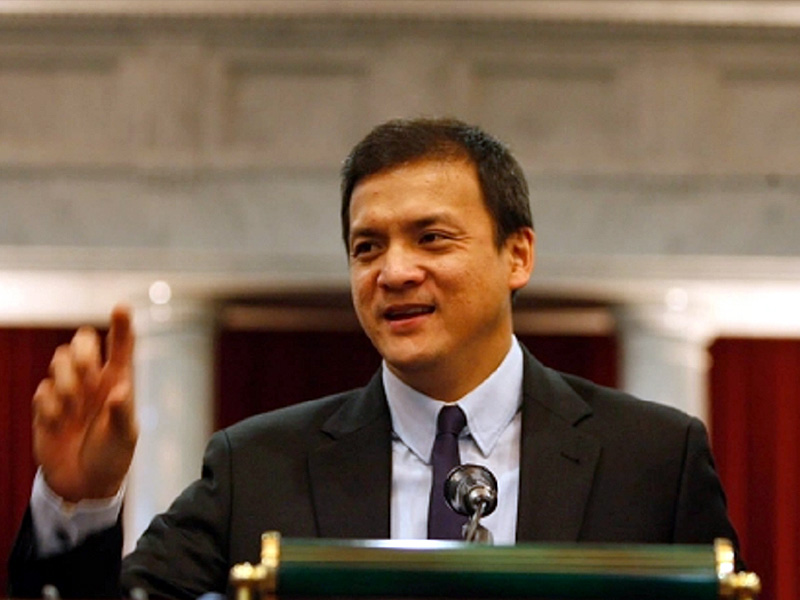
Supreme Court Administrator Jose Midas Marquez. (File photo from the Philippine Daily Inquirer)
MANILA, Philippines — In preparation for the “new normal,” the Supreme Court is already gearing for its expanded pilot-testing of videoconferencing or “tele-hearing” in various courts nationwide.
The Office of the Court Administrator (OCA) has issued Circular 92-2020 stating that it will already provide Philippine Judiciary 365 accounts for purposes of electronic filing and pilot testing of videoconference hearings. The 365 accounts carry an Outlook for email and to Teams for video conference hearings.
The OCA said all account users must regularly access their accounts because it will be used for official communications to and from the Supreme Court, OCA, and court users.
Court Administrator Jose Midas Marquez, who leads the expanded pilot-testing of videoconferencing, said it will be done in selected trial courts under the enhanced community quarantine (ECQ) and general community quarantine (GCQ) due to the COVID-19 pandemic.
He said the pilot-testing is scheduled to start within the week and will be utilized “while there is public health emergency unless extended by the Supreme Court thereafter.”
When asked if this will the new normal when it comes to court hearings on criminal cases until a vaccine against COVID-19 is made available, Marquez replied: “New normal during a public health emergency.”
For now, videoconferencing will only cover criminal cases but Marquez said it may be extended to cover civil cases later on.
The videoconferencing method would be applied in all stages of the trial, whether it is newly-filed, already pending before a court, or the promulgation of judgment.
Videoconferencing has long been practiced and adopted during a court trial of cases in the technologically advanced countries like the United States to address delays in court proceedings.
The method is described as “the holding of a conference among people at remote locations by means of transmitted audio and video signals.”
Through these conferences, “individuals meet one another in a real-time virtual manner ‘as if they were in the same room’ without the hassle and expense of traveling.”